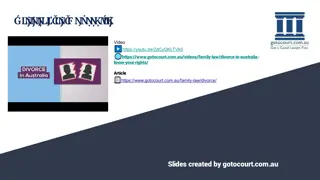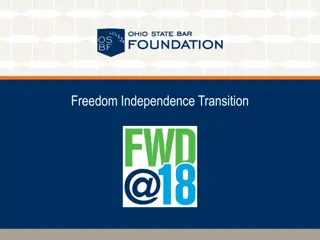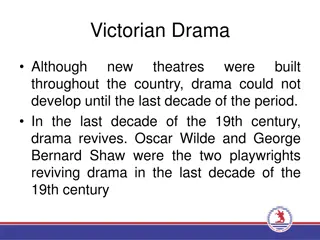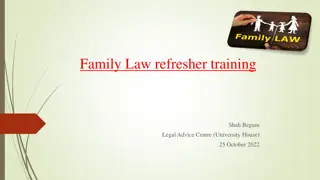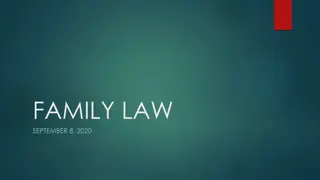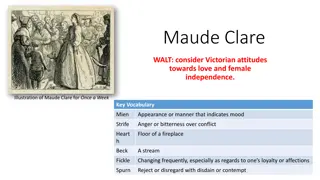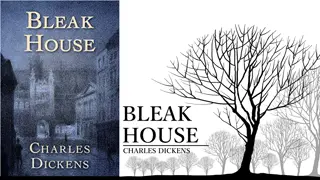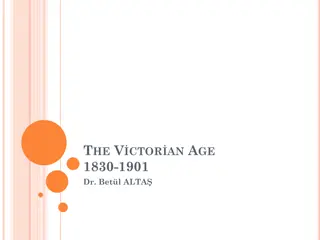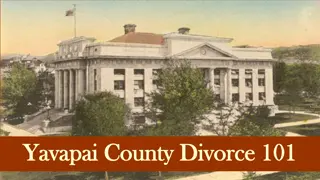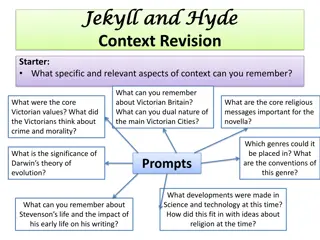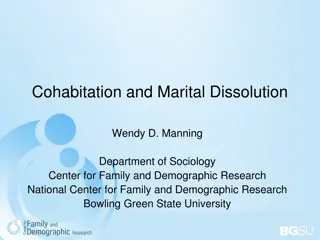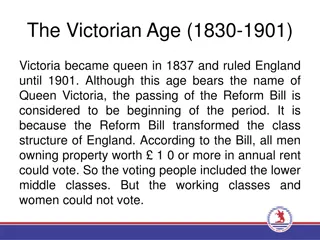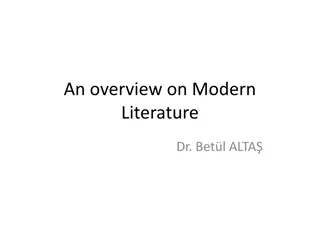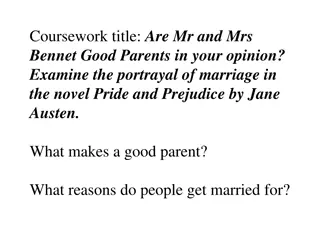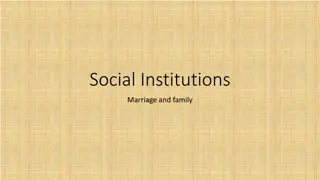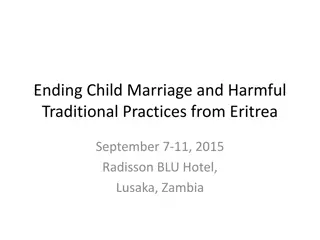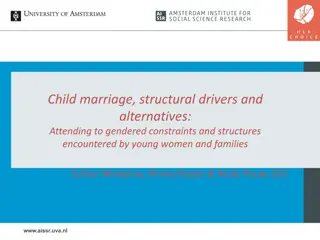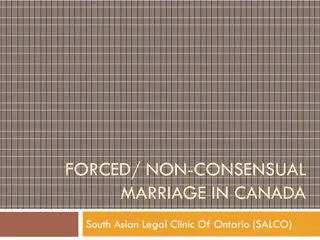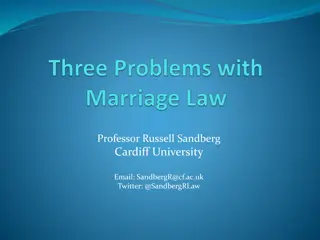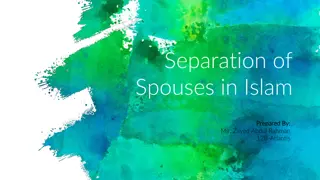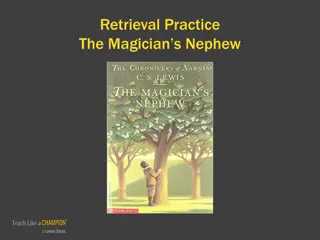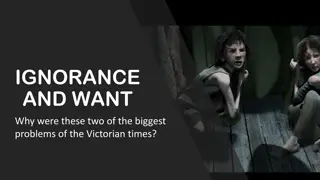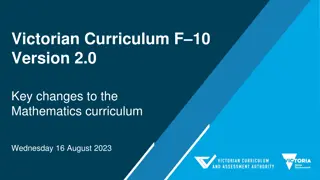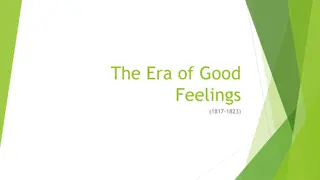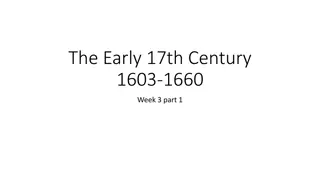Marriage and Divorce in the Victorian Era
Victorian era marriages were often transactional, focusing on social status rather than love. Divorce was rare and only accepted on grounds of adultery. Women had limited rights within marriage, primarily tasked with childcare. The power dynamics in marriages like Torvald and Nora's in Ibsen's works highlight issues of inequality and differing concepts of true marriage.
Download Presentation

Please find below an Image/Link to download the presentation.
The content on the website is provided AS IS for your information and personal use only. It may not be sold, licensed, or shared on other websites without obtaining consent from the author. Download presentation by click this link. If you encounter any issues during the download, it is possible that the publisher has removed the file from their server.
E N D
Presentation Transcript
Marriage and Divorce In the Victorian Era
Basic Rules of Marriage Most marriages were more of a business transaction than for love. Men, in particular, were advised to marry within their class Marrying up was ok, but to marry down was strongly discouraged. Before marrying, the husband was required to prove "that he could support his new bride in the lifestyle she was accustomed to" (Ziegenfuss) If the marriage ended, the man would gain control of all the woman s possessions. If unmarried, a woman could not gain control of her possessions, or have her own money, until the age of 21.
Basic Rules of Divorce The only acceptable reason for divorce was adultery. Men would have a much easier time proving adultery, women were required to prove that their husband had engaged in incest, bigamy, or excessive cruelty . (Women and the Law) Because it was seen as the man s duty to take care of his wife, his fidelity did not matter as long as he was still looking after her. On the other hand, if women were caught cheating it was considered disrespectful to their husbands. Because divorce was incredibly expensive it was perceived to be very impractical.
A Woman's Role A woman s primary role within the marriage was to care for the children and her husband. It was social taboo for a married woman to work. All property, money and children belong to the husband in any marriage, regardless of who was responsible for the earning of said money. Marriage for some woman was a method of survival
Fishbowl Debate Torvald and Nora s marriage appears to have fallen apart due to an imbalance of power. Does this mean that Ibsen's concept of a true marriage is the union of equals?
Works cited Hoppe, Michelle J. Courting the Victorian Woman. Ed. M Hoppe. Marvelicious, 1998. Ziegenfuss, Jen. "Marriage in the Victorian Era." Marriage in the Victorian Era. Ed. Jen Ziegenfuss. Craik, Elizabeth M. "Women and the Law in Victorian England." PVM's Homepage. Ed. Elizabeth M. Craik. St-Andrews, 1984.


